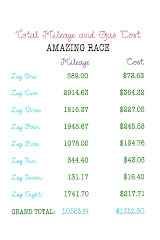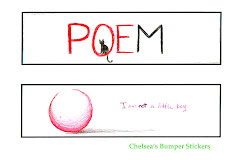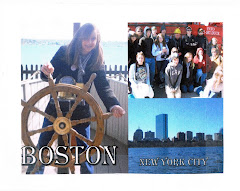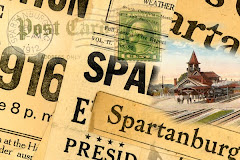 On the literary map, travel from New York City, New York, to Rutherford, New Jersey.
On the literary map, travel from New York City, New York, to Rutherford, New Jersey.Calculate:
# _____________ Miles to Rutherford, New Jersey
$ _____________ Cost for Gasoline to Rutherford, New Jersey
Visit William Carlos Williams at www.Poets.org and fill-in-the-blanks.
"William Carlos Williams was born in Rutherford, New Jersey, in _________. He began writing poetry while a student at Horace Mann High School, at which time he made the decision to become both a __________ and a ____________. He received his M.D. from the University of Pennsylvania, where he met and befriended ______________________. Pound became a great influence in Williams' writing, and in 1913 arranged for the London publication of Williams's second collection, __________________. Returning to Rutherford, where he sustained his medical practice throughout __________, Williams began publishing in small magazines and embarked on a prolific career as a poet, novelist, essayist, and playwright."
"Following Pound, he was one of the principal poets of the ___________ movement, though as time went on, he began to increasingly _______with the values put forth in the work of Pound and especially _______________ , who he felt were too attached to ______
_______________________. Continuing to experiment with new techniques of ______ and ___________, Williams sought to invent an entirely fresh—and singularly __________—poetic, whose subject matter was centered on the _____________ circumstances of life and the lives of ____________. His influence as a poet spread slowly during the twenties and thirties, overshadowed, he felt, by the immense popularity of Eliot's 'The Waste Land'; however, his work received increasing attention in the __________ and ___________ as younger poets, including ________________ and the Beats, were impressed by the accessibility of his language and his openness as a mentor."
Read "The Red Wheelbarrow." Answer the following questions.
Williams declares his deepest poetic belief, that, poetry most effectively stirs the mind and feelings through images of concrete, familiar things. What do you think depends on the wheelbarrow, rain, and chickens?
How are the words and lines arranged in stanza of “The Red Wheelbarrow”?
How are the images in the last three stanzas given special emphasis by this stanza form?



















